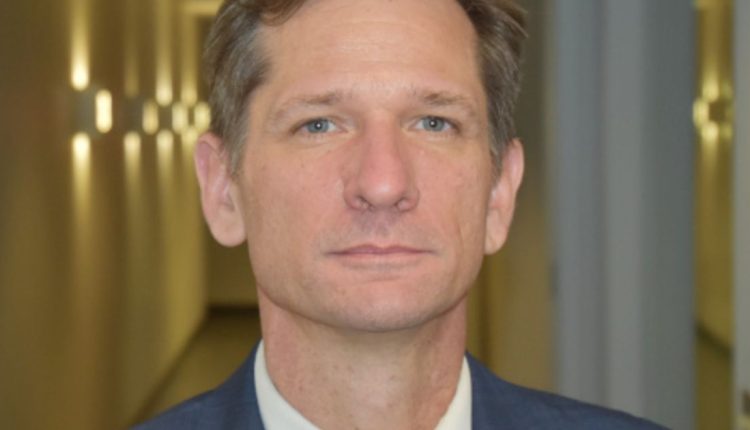While success was undoubtedly a long shot, he saw a path: Minimize the need for capital, put together a team focused on R&D and technical aspects around bringing an EV to market, while partnering with a strong manufacturing company with twice the revenue of Tesla and global supply chain prowess.
“I had to keep the team focused on the task at hand because we had and I believe we still have … a compelling market opportunity for this business model that we were creating.”
The approach was two-pronged. The obvious part was launching the Endurance pickup to prove it could be done and seeking an automotive partner to scale it up. The second involved plans to help Foxconn develop, homologate, certify and launch other vehicles, such as the concepts it showed in 2021 and 2022.
To Hightower’s chagrin, many industry observers have forgotten that second part and simply focus on the sale of the massive factory in Lordstown, Ohio, for too little money.
What’s worse, in Hightower’s telling: Foxconn pretty much forgot about that part of the deal, too, refusing to cooperate on the new products — as well as resisting following through on investments in Lordstown’s Endurance pickup.
Not all hope is lost, but time is running short for the U.S. startup. It filed for Chapter 11 bankruptcy court protection and warned employees that they may have to be let go. With no debt and about $135 million in cash, he’s got about two to three months to find a better partner, one that is looking for some good talent — or at least a homologized product that could be put on a path to viability.
The first Black automaker CEO in more than a century sees the bankruptcy process as an accelerant to restructuring, not to dissolution. That’s what Chapter 11 is meant to be.
What that restructuring looks like remains to be seen. Someone could buy the designs and the names and remaining physical assets, such as the lines that make the in-wheel hub motors and battery packs.
What he’s really looking for is someone — an established automaker or a financial investor — who believes in the team he’s put together, which has worked through many of the pain points, such as software, that often hold up EV launches.
“The fact that we were able to accomplish what we did with a team of under 300,” he said, “I think would be very compelling to the right partner.”


